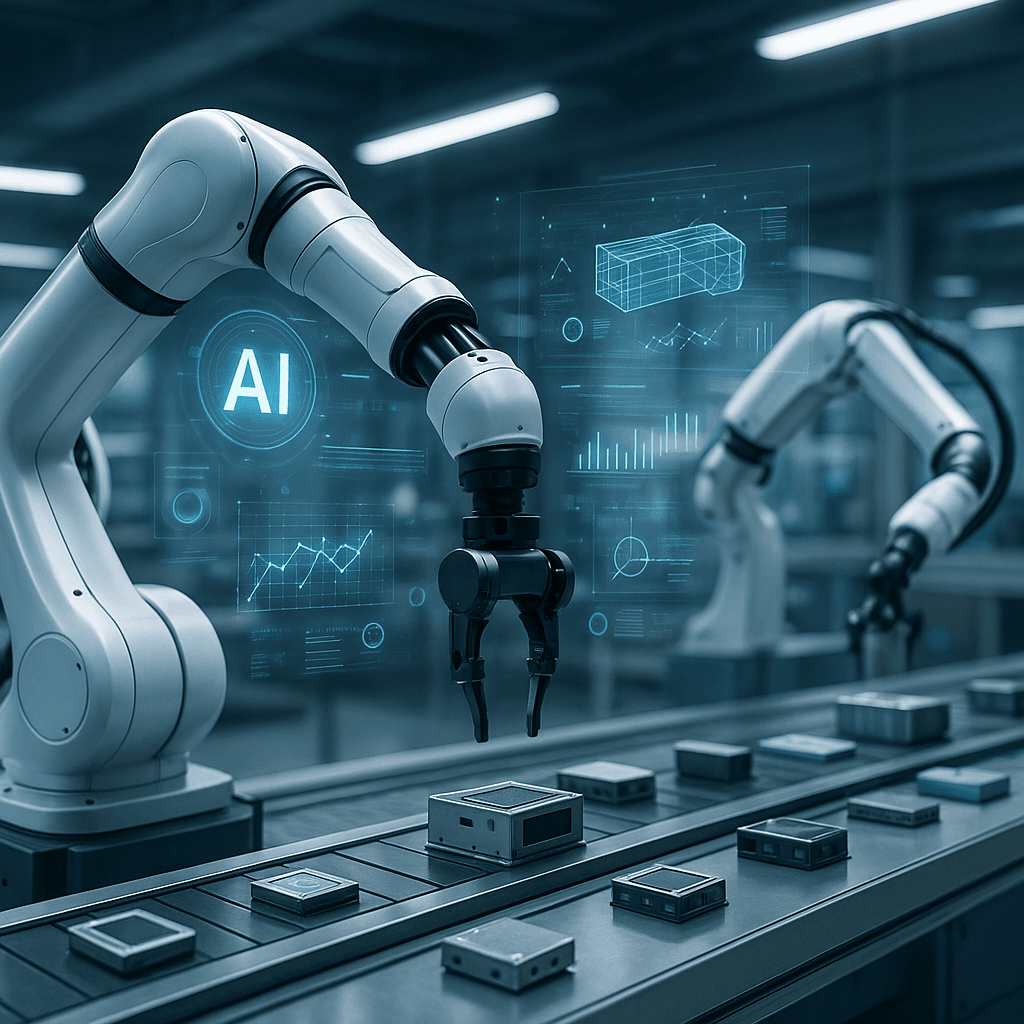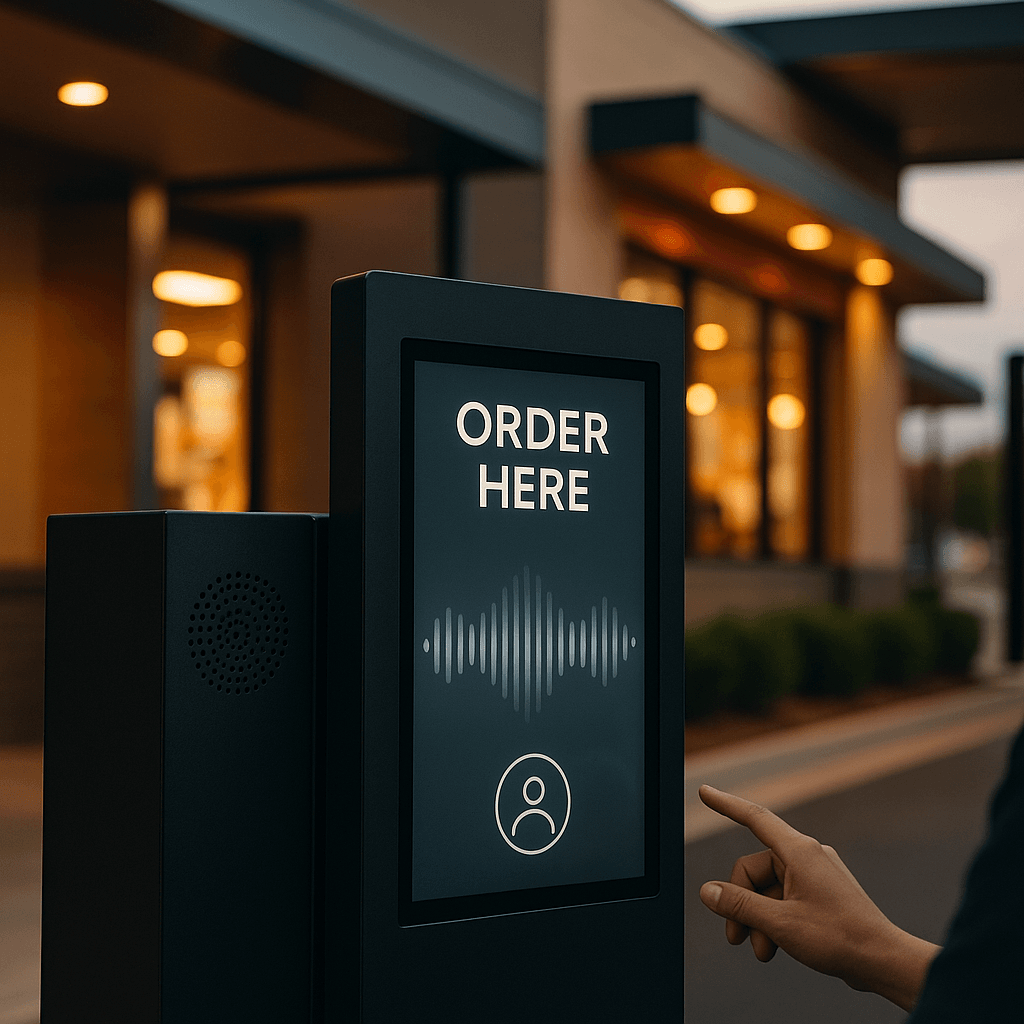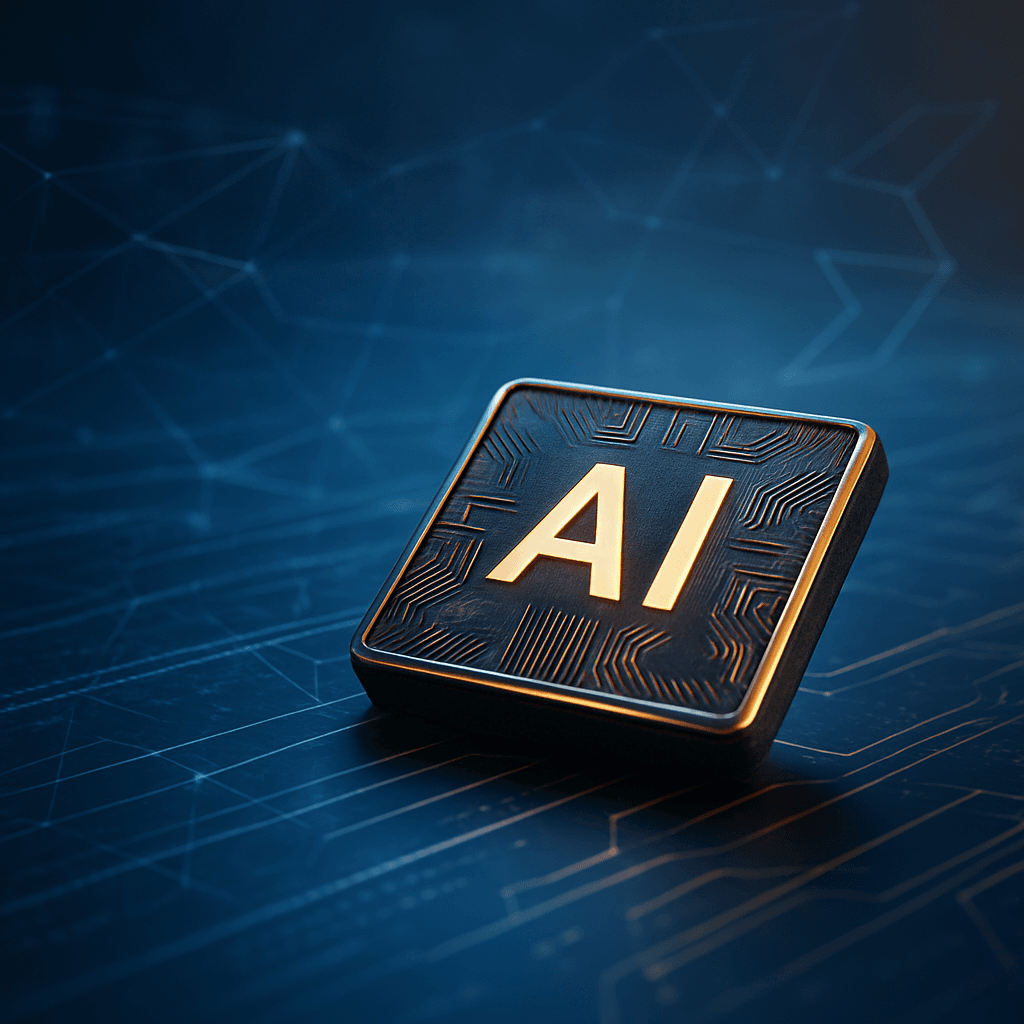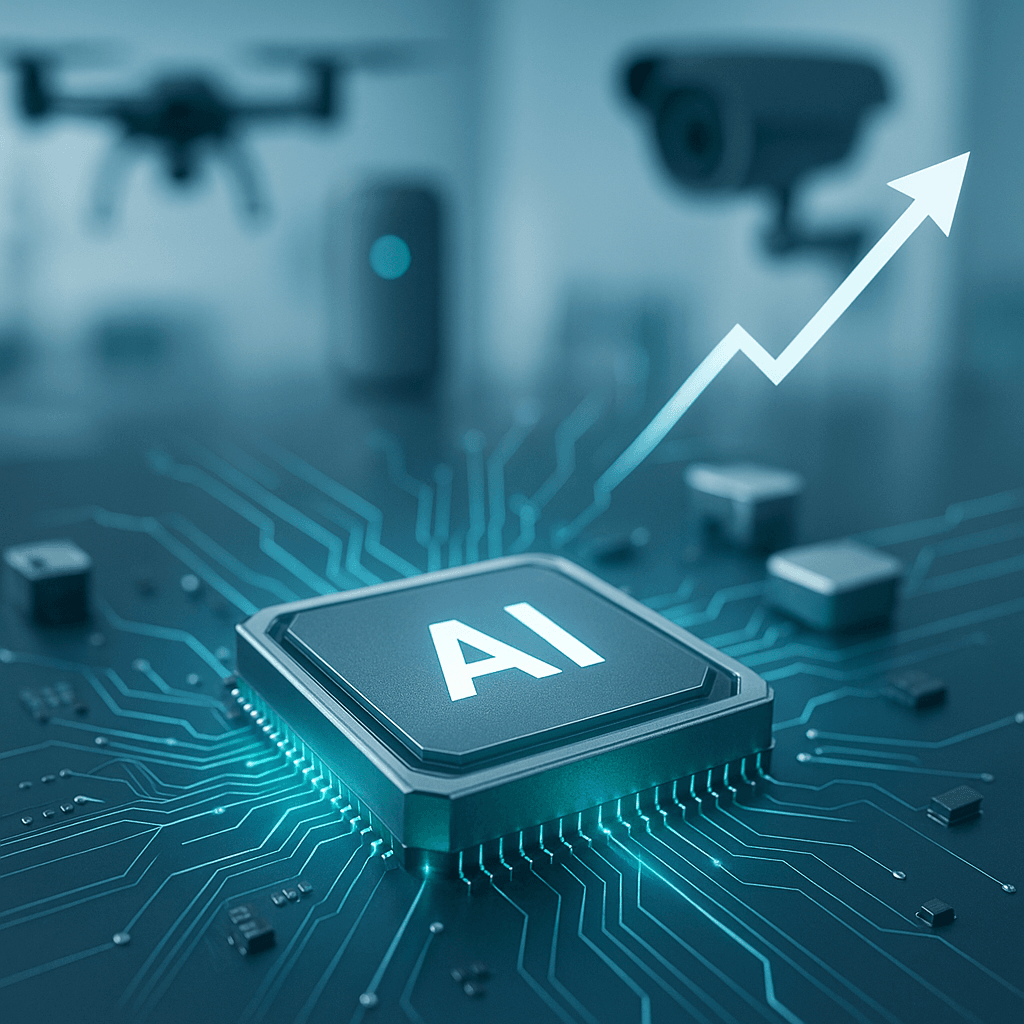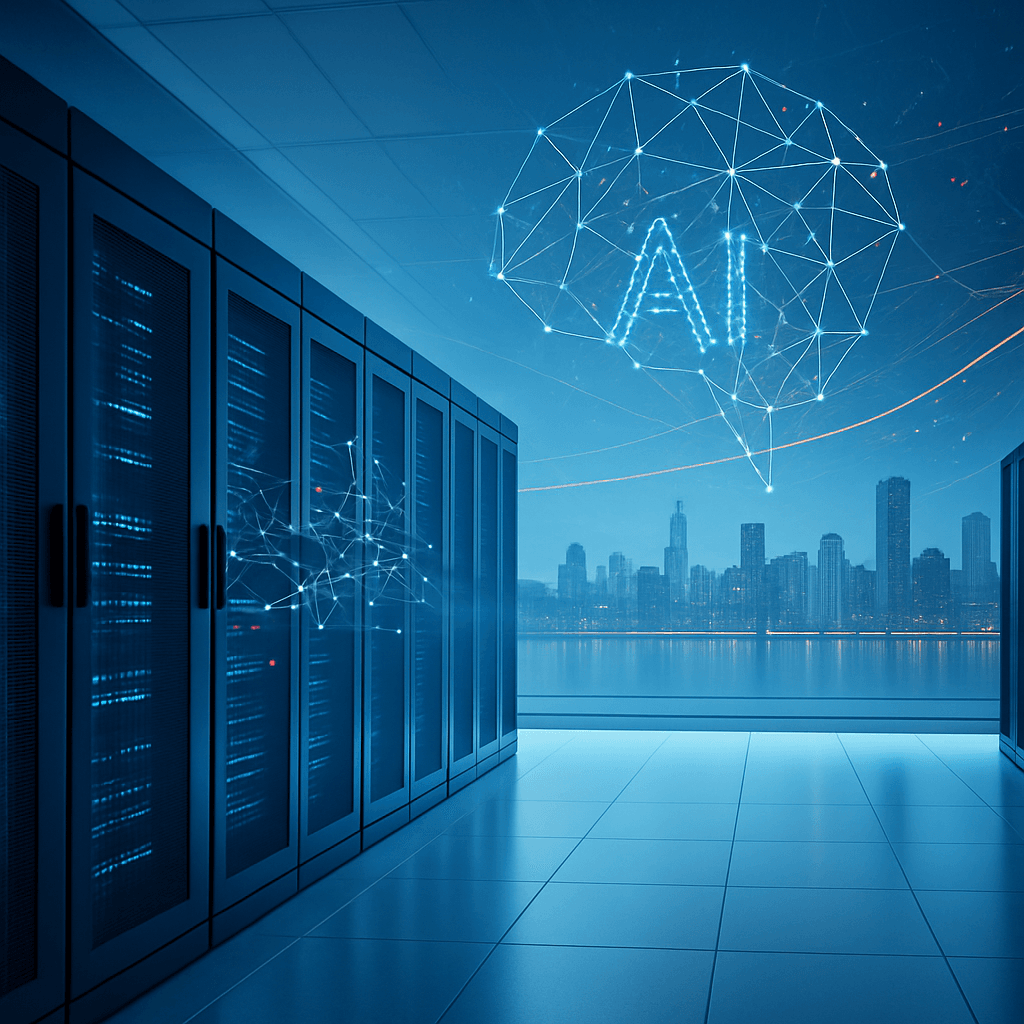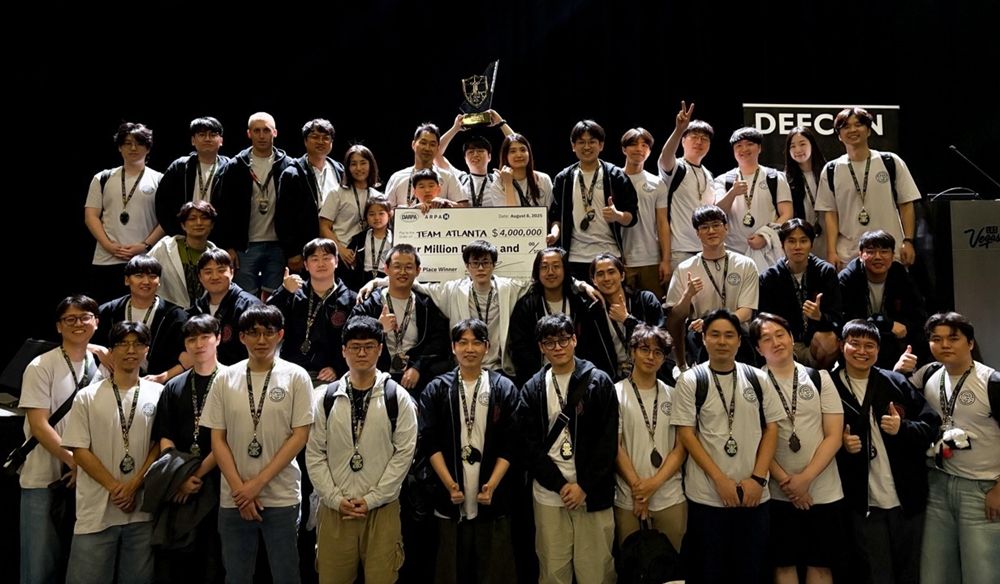TL;DR:
• Amazon deploys AI-powered zero-touch manufacturing system using NVIDIA digital twins
• Robotic arms trained purely on synthetic data can audit diverse devices and integrate new products via software
• Technology generates 50,000+ synthetic images per device for training without physical prototypes
• Represents major step toward generalized manufacturing that adapts to new products instantly
Amazon Devices & Services just deployed a breakthrough zero-touch manufacturing system at its facilities this month, using NVIDIA digital twin technology to train robotic arms that can inspect and integrate new products without hardware changes. The simulation-first approach represents a major leap toward fully automated, adaptable manufacturing lines that could reshape how consumer electronics reach market.
Amazon Devices & Services just flipped the script on manufacturing automation. The company's newly deployed zero-touch manufacturing system at its device facilities represents the most significant leap toward fully autonomous production lines since the advent of industrial robotics. Using NVIDIA's digital twin technologies, Amazon has created robotic arms that can inspect products and integrate new devices into production workflows based entirely on synthetic data—no physical prototypes required.
The system went live this month at an Amazon Devices facility, immediately demonstrating capabilities that traditional manufacturing setups take months to achieve. Where conventional audit machinery requires extensive recalibration for each new product, Amazon's AI-powered workflow allows production lines to switch from auditing one device to another through pure software commands.
"This factory-specific data is then used to enhance AI model performance in both simulation and at the real work station, minimizing the simulation-to-real gap before deployment," according to NVIDIA's technical documentation. The breakthrough eliminates what industry experts call the "simulation-to-real" challenge that has plagued robotics deployments for decades.
The technology stack reveals Amazon's aggressive push into what NVIDIA terms "generalized manufacturing." When Amazon introduces a new device, engineers simply input its computer-aided design model into NVIDIA Isaac Sim, the robotics simulation platform built on the Omniverse ecosystem. The system then generates over 50,000 diverse synthetic images from each CAD model—training data that would take months to collect in real-world conditions.
